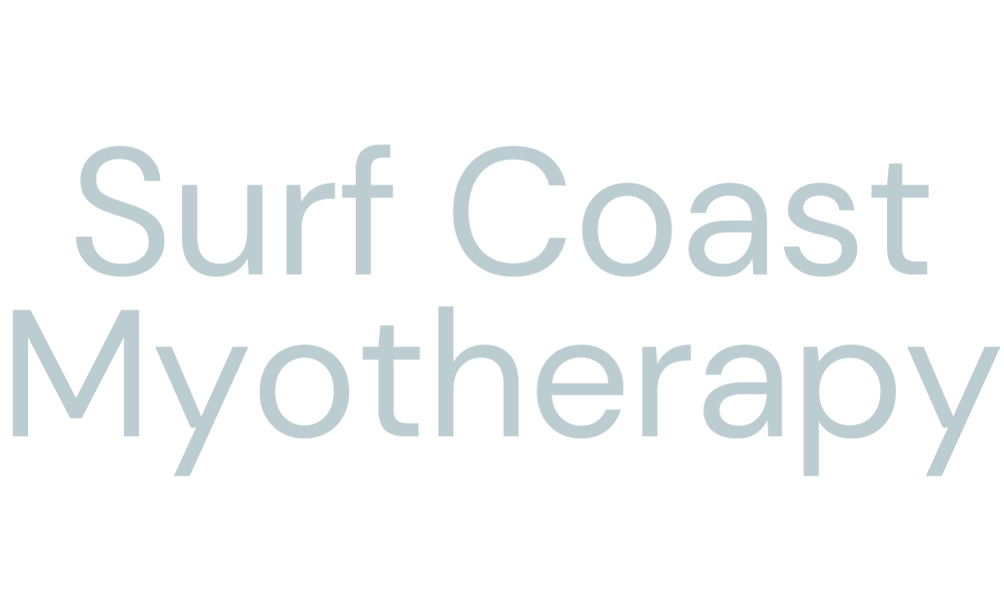How Orofacial Myofunctional Therapy Can Help with Bruxism and TMJ Issues
Introduction
Do you wake up with jaw pain, headaches, or notice yourself grinding your teeth at night? These symptoms may be signs of bruxism (teeth grinding) or TMJ dysfunction—conditions that affect many people and can lead to long-term discomfort. While night guards and pain relief are common treatments, orofacial myofunctional therapy (OMT) offers a deeper, root-cause approach.
What Is Orofacial Myofunctional Therapy?
Orofacial myofunctional therapy is a gentle, exercise-based therapy that retrains the muscles of the face, mouth, and jaw. Think of it as physical therapy for your oral and facial muscles. OMT helps correct poor habits and muscle patterns that may be contributing to jaw tension, clenching, and grinding.
How OMT Helps with Bruxism
Bruxism often occurs when facial and jaw muscles are overactive or out of balance. Many people clench or grind their teeth during sleep without realizing it, leading to worn teeth, headaches, and jaw pain.
OMT can help by:
• Teaching the tongue to rest properly on the roof of the mouth
• Encouraging nasal breathing instead of mouth breathing
• Reducing tension in the jaw and facial muscles
• Increasing awareness of clenching habits during the day
These changes can reduce the triggers that lead to grinding and clenching—especially during sleep.
How OMT Helps with TMJ Dysfunction
TMJ dysfunction involves pain or limited movement in the jaw joint and surrounding muscles. Symptoms may include clicking, locking, difficulty chewing, or earaches.
OMT supports TMJ relief by:
• Strengthening and coordinating the muscles that support the jaw
• Promoting better posture of the head, neck, and jaw
• Reducing strain on the TMJ through proper alignment and function
• Helping eliminate habits like tongue thrusting or lip biting
Over time, this can lead to less pain, better jaw movement, and improved comfort during daily activities.
A Whole-Body, Collaborative Approach
OMT doesn’t just treat symptoms—it helps prevent them from coming back. It often works alongside dental care, orthodontics, physiotherapy, and other treatments. Many dentists and allied health professionals now refer patients for OMT as part of a team-based approach to care.
Is OMT Right for You?
If you’re experiencing jaw pain, teeth grinding, or facial tension, an orofacial myofunctional assessment may uncover the underlying causes. Therapy is tailored to your needs and typically involves simple exercises and habit changes that can make a big difference over time.
References
Ready to explore how OMT can help you?
Book your assessment or Contact Surf Coast Myotherapy to learn more.
